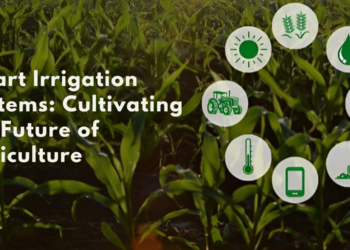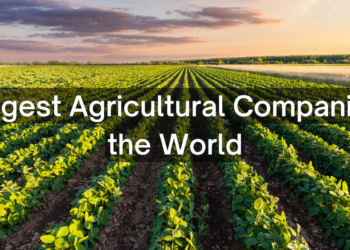Egg Industry is a multi-dollar industry that makes huge amounts of profit by exploiting the lives of female chicks. Globally, more than 300 million chickens are used to lay eggs per year.
- The egg industry is hiding a dirty and deadly secret: Loving mother hens aren’t the only ones who endure its cruelty.
- Male chicks are also victims—and they’re often killed before they’re even a day old.
- Here are some facts about the egg industry and the vulnerable animals it abuses:
1. Millions of newborns are killed every year
It is a very harsh fact that the global egg industry destroys 6,000,000,000 newborn male checks every year. To maintain the demand more than 300 million hens are being used by the U.S. egg industry every year.
Male chicks born from egg-laying hens don’t have the capability to lay eggs and this breed cannot be used for meat. Male and female chicks are separated through a process of “sexing”. Since male chicks are worthless to the industry they are disposed of like trash.

They are suffocated to death or even grounded alive somewhere in the industrial areas. Newborn chicks are alert, intelligent, and much more aware of the environment. An exclusive social behavior to human communications has been observed in chickens. Unnatural high rate of egg laying results in frequent mortality among hens. It takes 34 hours for a hen to produce eggs.
2. Genetic Manipulation
A lot of genetic manipulation and selective breeding is practiced by farmers to gain more eggs from the female chicks. Due to these manipulations, female chicks can produce 250 to 300 per day. Wild hens lay only 10 to 15 eggs manually during the breeding season and only to reproduce.
To maximize egg production the hens are fed only a low-calorie diet. This process induces an extra laying cycle. Because of the advancement in the egg industry and the introduction of battery cages for hens. It has become difficult for more than 300 million birds even to stretch their wings in that cage.

5 to 10 birds are squashed in just one cage they can only stand or crouch on the hard-wires of the cage which sometimes even cuts their feet. These battery cages are just 18 inches by 24 inches. Because of this horrible condition, hens peck one another due to stress and injuries.
Sometimes they even kill each other or die because of suffocation. Due to this close-ended structure, birds have to urinate at the same place and then stay there for hours and hours. This causes ammonia and other diseases among the birds.
3. Chickens then face a lot of problems in eating and drinking after their beaks are mutilated
Many times some birds die in that cage and other birds have to live there in the same cage until the farmer removes the dead body. According to the Centers for Disease Control around 1 in 10,000 eggs are contaminated with Salmonella.
These birds too deserve a cage-free life. Farmers who keep the chickens are such an oppressor that they don’t even think twice before cutting off a portion of their sensitive beaks without even using a painkiller. A chicken’s beak contains a lot of nerves and is much more sensitive than a human fingertip.

Many birds even die due to the unbreakable pain and shock. Even in factories, many beaks are cut off without using any painkiller. Chickens then face a lot of problems in eating and drinking after their beaks are mutilated. A lot of them suffer from dehydration, hunger, or even die.
After two years in these harsh conditions, the hen’s body loses the ability to lay eggs, and the production drops. Then these hens are sent to slaughterhouses where their legs are tied with ropes and shackles and their throats are cut. By the time these hens reach the slaughterhouses, roughly 30% of them suffer from broken bones. It all happens because of negligence, rough treatment, and osteoporosis.
4. Most hens are killed at the age of 1-2 years as soon as their egg production stops
The lifespan of a normal chicken is around 10-20 years in the egg industry. But most of the hens are killed at the age of 1-2 years as soon as their egg production stops. Every newborn chicken is separated from her mother. For each eggshell that is produced, a hen mobilizes 10% of the calcium stored in the bones.
This makes the hen weak. Hens generally suffer from ‘fatty liver syndrome’, which provides the egg yolk with protein and fats. The birds are put through a process known as ‘forced molting’ which involves starving the hens for about 18 days. They are kept in the dark and denied water.

This shock process is to fasten the intense egg-laying process. Eggs that we often see and consume as organic, free range, and humane labels also have their origin in these killing hatcheries.
So, if you still want to go for a healthy egg diet buy organic eggs from local farms where these birds are free to roam around and their feed is free from antibiotics.









